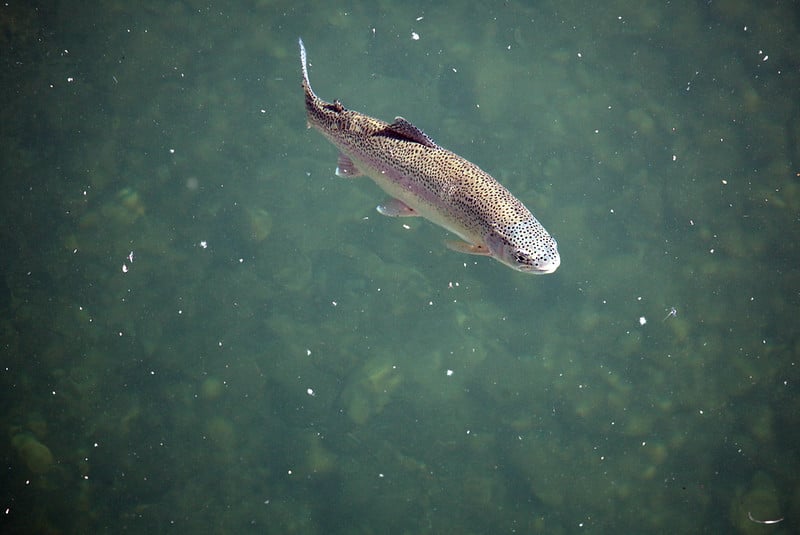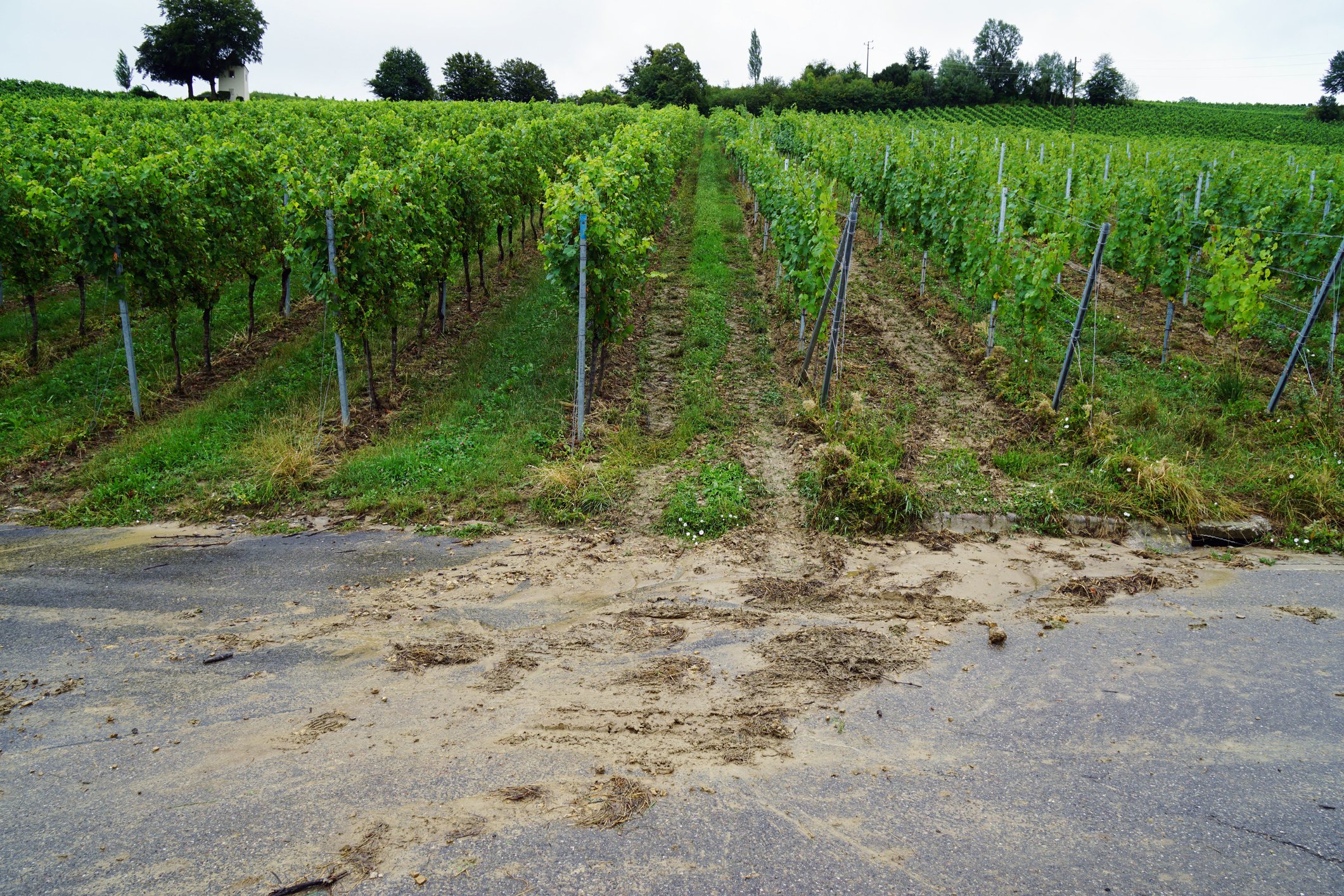In many cases, vineyards in the Napa and Sonoma watersheds can obtain a “fish-friendly” certification that meets regulatory requirements without making major changes to pesticide use or undertaking extensive restoration work.
A project of the California Land Stewardship Institute, Fish Friendly Farming certifies growers on management practices that protect the health of their local watershed. First developed in 1999, the initiative has since grown to more than 1,500 participating sites in 10 counties. It’s an expansion that reflects the growing interest, both among consumers and winegrowers themselves, in sustainable management practices.
“It grew like wildfire,” says Peggy Thorpe, an administrator at Renteria Vineyard Management, whose clients include certified sites. “People all around wanted to make sure that they were doing what they can and having best management practices to protect the watershed.”
Those practices are designed to safeguard fish habitat on agricultural lands, particularly for California’s threatened and endangered salmonids such as coho salmon and steelhead trout. But there’s an upside for growers, too. The team at Fish Friendly Farming helps applicants navigate and comply with government regulations—including the complex web of federal, state, and regional standards for water quality.

Scientists view fish populations as a useful indicator of the overall health of the watershed. (U.S. Army Corps file photo)
That’s especially valuable in the Napa and Sonoma watersheds, where since 2017 vineyards larger than five acres have been required to present a farm plan for water-quality control in order to obtain a general permit. A Fish Friendly Farming certification checks that box.
“That’s been such a huge asset,” says Sophie Drucker, a Ceres Imaging customer and winegrower with the Boisset Collection. “Helping me navigate the farm plan and all my best practices—it’s awesome. I’m very grateful to them.”
Most adjustments that land managers make to secure their certification are relatively minor—not the extensive revegetation projects or input changes that some growers might expect. For many vineyards, the most efficient route to reducing impact on fish habitat and watershed protection is to reduce non-point sediment pollution from erosion, which hinders plant growth and the ability of fish to feed. That can be as simple as placing rocks at drainage pipe outlets or seeding roadsides, straightforward fixes that can make a surprisingly big difference for fish.
Laurel Marcus, author of the Fish Friendly Farming program and Executive Director of the California Land Stewardship Institute, stresses that sustainability measures don’t come at the expense of grape quality or the vineyard's bottom line. While her team might recommend against certain pesticides and monitor their proximity to wells, legal pesticide use is ultimately at the discretion of the grower.
“We want to make sure the farming comes first,” she says. “To the degree that they’re able to do it, we work with growers to make it happen. We’re not interested in putting them out of business.”

For many vineyards, becoming "fish friendly" means undertaking simple erosion-control measures—not extensive landscape restoration.
The program is popular with land managers in part because of the care taken to interpret complex regulations in the context of specific locations, helping make sustainable practices more accessible and attainable. Staff scientists evaluate each site and work with growers to create a customized plan to maximize both healthy fish habitat and profitability.
“It’s all very site-specific, not ‘one size fits all,’” Marcus, says. Her team also organizes workshops and meetings on different regulations. “It can be kind of confusing to people,” Marcus says. “This isn’t really their job to do, so we explain how it works and the next steps.”
As a third-party certifier, Marcus says Fish Friendly Farming is able to approach conversations about habitat protection with a goal of cooperation rather than compliance—a trust-building approach with long-term benefits. In the Napa River watershed, where 90% of wineries are certified, large-scale river restoration projects benefited from voluntary participation by certified vineyards.
“I definitely think there’s a growing contingent of growers who are more interested in regenerative farming or different approaches to sustainability,” says Boisset’s Sophie Drucker. “It’s a movement that’s picking up steam, and there’s an acknowledged value in what Fish Friendly Farming is doing.”
